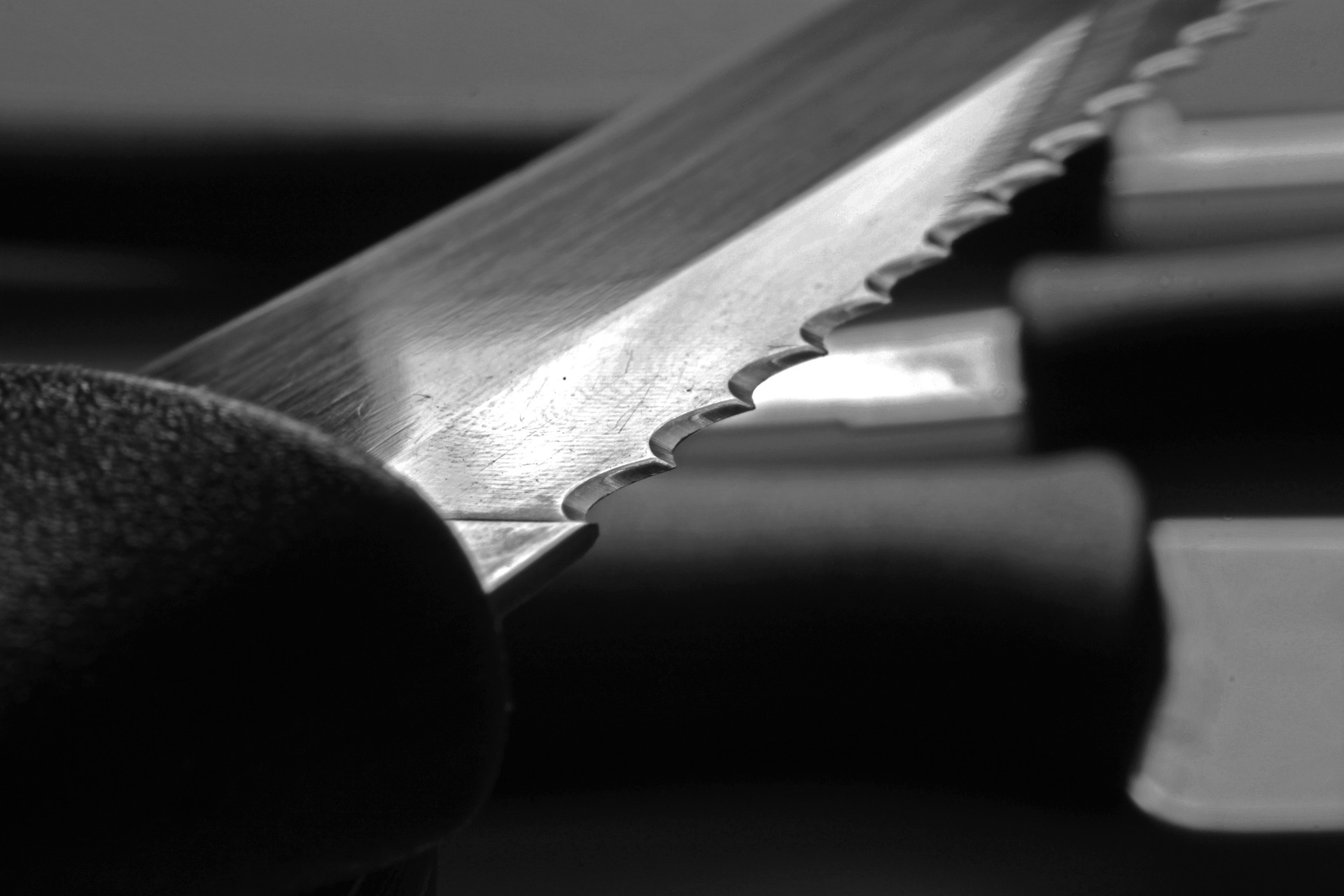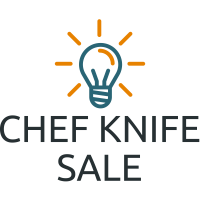
Types of Basic Kitchen Knives and their Usage
Using the right type of knife for your desired cutting activities is incredibly important as it prevents the possibilities of getting injured and allows you to have a more enjoyable cutting experience. Today, kitchen knives come in a wide range of varieties, each with its own unique function. In this article, we’ll take a look at a few different types of kitchen knives and what they’re used for.
Chef’s Knife
A chef’s knife, also known as a cook’s knife, is one of the most famous knives used in food preparation. It’s known as a general-purpose knife and is a must-have in every kitchen. Chef’s knives are typically 6 to 8 inches long and features a wider blade made from a combination of stainless steel and carbon steel. Knives in this category that are 6-inches long are known as a mini chef’s knife, while longer ones up to 8-inches are the traditional chef’s knife. To choose a chef’s knife, you need to hold them to get a feel for how it fits and feels in your hand. Having a knife that you’re comfortable holding and using is extremely important when it comes to the overall experience of using the knife. A good chef’s knife should have a full tang as it provides the knife with the strength and durability required for performing heavier cutting tasks. The great thing about chef’s knives are that they’re considered general-purpose knives, meaning you can perform a wide variety of cutting tasks such as mincing, chopping and slicing. A chef’s knife will perform all these tasks without fail. The cutting edge of the knife is curved so to allow you to roll it whilst cutting the ingredients. This makes the overall cutting experience easier and smoother.
Paring Knife
Paring knives are smaller knives used to cut and slice fruits and vegetables but can also be used for other foods where a more precise cut is required. Sizes range from 2 to 4 inches, no longer, and these knives are one of the most used in every knife set. When coring and peeling fruits and vegetables, the paring knife is the knife of choice. Paring knives are also great when it comes to mincing, particularly with smaller peppers and garlic. As you can see, when it comes to working on smaller foods, the paring knife is a great choice.
Boning Knife
Boning knives are thin, flexible, and straight-edged knives that are usually 5 to 6 inches in length. These knives are designed for separating meat such as poultry and fish from its bone. This process usually requires cutting through large amounts of muscle, fat, and sinew therefore the knives are made to be more flexible so it can work in tight spaces which are flanked by bone. Boning knives need to be kept sharp as accuracy is required for the fillet type of cuts.
Serrated or Bread Knife
Most of the time, bread knives are serrated. Serrated knives are approximately 5-inches in length and can cut through the hardest crusting without deforming the bread. The cutting motion for serrated knives is similar to a sawing motion.
Utility Knife
Utility knives can either be a straight-edged or serrated blade. These knives are shorter than chef’s knives and can be anywhere from 5 to 7 inches long. Utility knives are also known as sandwich knives because they work very well when cutting through cheeses and meats, and can also be used in place of a paring knife as it can cut anything a paring knife can. Apples, squad, cucumbers, peppers, the utility knife can handle it all. If you have a garden and grow shallots, garlic, and herbs, this knife would be of great use.
Cleaver Knife
The cleaver knife, also known as a butcher’s knife, is well-known and uniquely characterized by its rigidity, wide blade, and tough edge that can cut through thick and dense foods. These knives are approximately 6 to 7 inches long and have a sharp, tapered cutting edge. Designed to be used in a ‘hack-and-slash’ manner, you’ll notice the extra weight of the knife immediately when compared to other knives. The blade is rectangular and allows you to cut not only meat, but also through frozen foods, bones, and joints as well with heavy strokes. Cleavers require very little maintenance, and a simple, quick sharpen is enough to keep the knife in good cutting condition for a long time.
In this article, we’ve gone through 6 of the most common types of kitchen knives. Now that you know about each one of them, you can make an informed decision about the right knife required for your cooking style.
